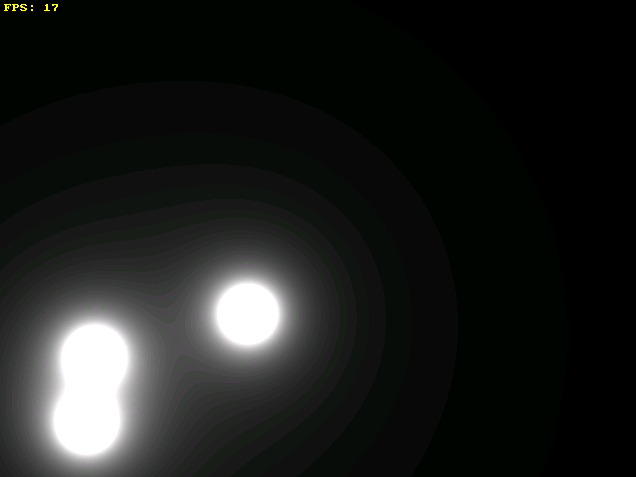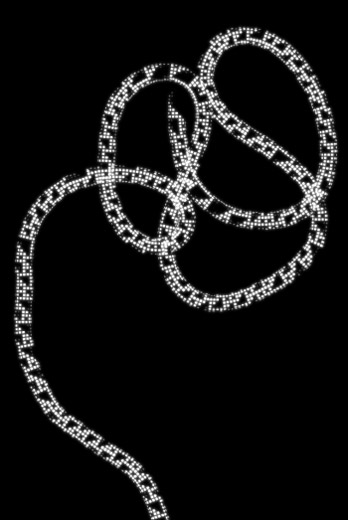I'm going to program a fancy (animated) about-box for an app I'm working on. Since this is where programmers are often allowed to shine and play with code, I'm eager to find out what kind of cool algorithms the community has implemented.
The algorithms can be animated fractals, sine blobs, flames, smoke, particle systems etc.
However, a few natural constraints come to mind: It should be possible to implement the algorithm in virtually any language. Thus advanced directx code or XNA code that utilizes libraries that aren't accessible in most languages should not be posted. 3D is most welcome, but it shouldn't rely on lots of extra installs.
If you could post an image along with your code effect, it would be awesome.
Here's an example of a cool about box with an animated 3D figure and some animated sine blobs on the titlebar:

And here's an image of the about box used in Winamp, complete with 3D animations:



